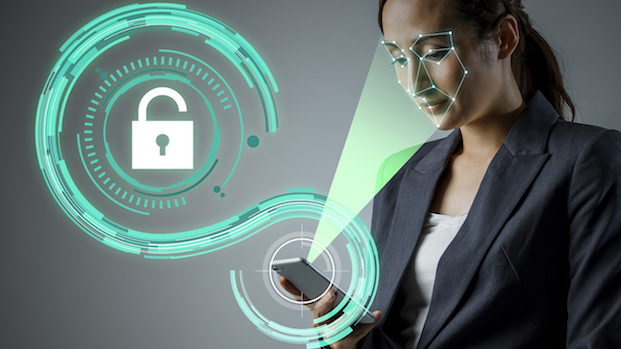July 2019
What is facial recognition exactly?

Facial recognition software captures a person's face on an image captured with a camera and can provide data about this image. There are basically two application scenarios for this. On the one hand, it can be used to authenticate the faces of individual people. This is already being used for payment processes, unlocking smart phones or for admission control at events or trade fairs. On the other hand, facial recognition can be used for target group analysis, which aims at gaining general knowledge about the person. In outdoor advertising, facial recognition can record who is standing in front of a digital display (gender, age, etc.), whether advertising messages are being viewed and what the response to them is. Marketers not only use this to display their advertising messages according to their target group, but also directly receive unfiltered feedback.
Progress and cases
In recent years, advances in artificial intelligence (AI) and sensor technology have made it possible to perform facial analyses almost in real time. Learning algorithms recognize emotions such as joy, anger, disgust and sadness in people's faces and can automatically use this data to display personalized advertisements and offers.
Here are two examples: The children's aid organisation Plan UK used facial recognition in advertising displays in buses for the "Because I'm a Girl" campaign to draw attention to the strengthening of women's rights. The faces of the passengers were analysed and corresponding contents were shown on the displays depending on the gender of the viewer.
At CES 2019, the world's largest trade fair for consumer electronics, the consumer goods group Procter & Gamble presented a concept store, in which cameras recognized faces in order to provide personalized shopping recommendations.
Facial recognition is also already in use in the event sector. The technology not only increases security, but also accelerates the registration process, which is a great advantage especially for large events.
Interesting data for cybercriminals as well
However, facial recognition not only provides opportunities. This very individual biometric data is highly sought-after among Internet criminals. Unlike a password, they can no longer be changed after they have been hacked. In principle, the consent of the user is required for the collection of this type of data, both according to the German Federal Data Protection Act (BDSG) and in accordance with the EU General Data Protection Regulation (EU-GDPR).
Facial recognition in the future of marketing
Facial recognition technology is not yet mature and has a relatively high error rate. But in the future, the big digital companies in particular will be trying to position themselves in this field. Google, for example, wants to take face recognition to a new level. It is developing technology to recognize faces in order to analyse social connections, so that people can be identified on photos. Social media accounts, calendars and other data are to provide the basis for this.
Facial recognition enables companies to personalize and optimize the customer experience. If they integrate customer and product data in the relevant areas such as point-of-sale systems, customer relationship management and in-store communication, customers will also be pleased if all security-relevant issues are taken into account.
Tags
- Digital Marketing
- Digital Trends